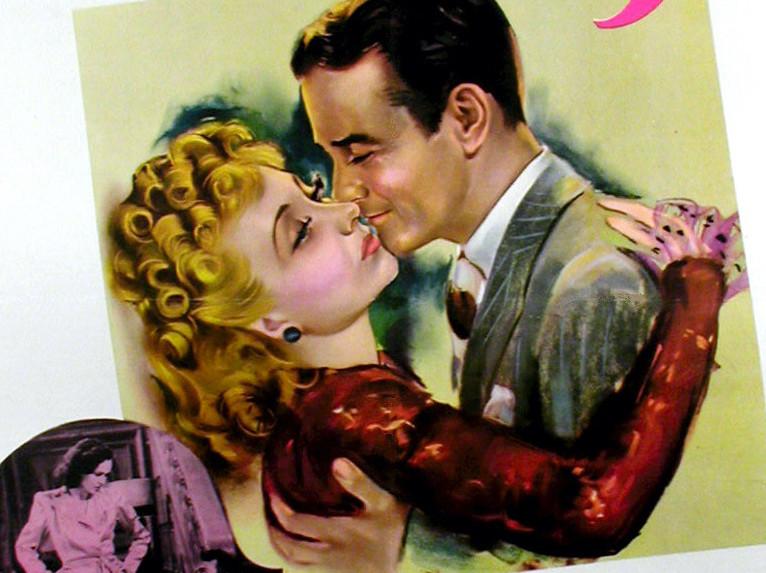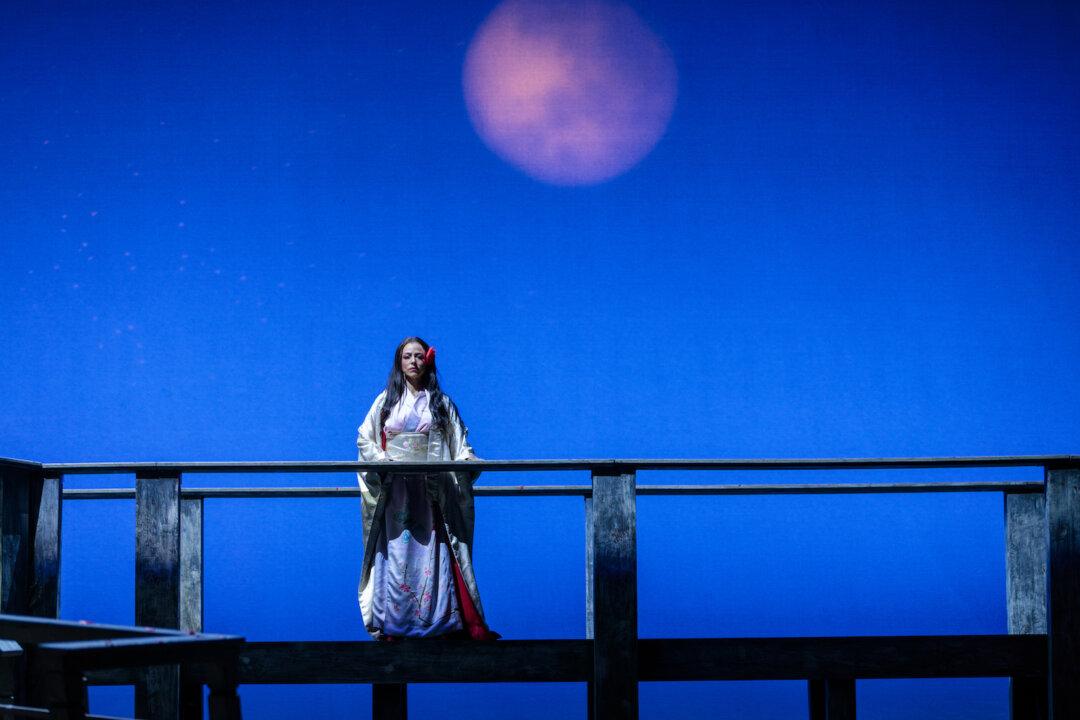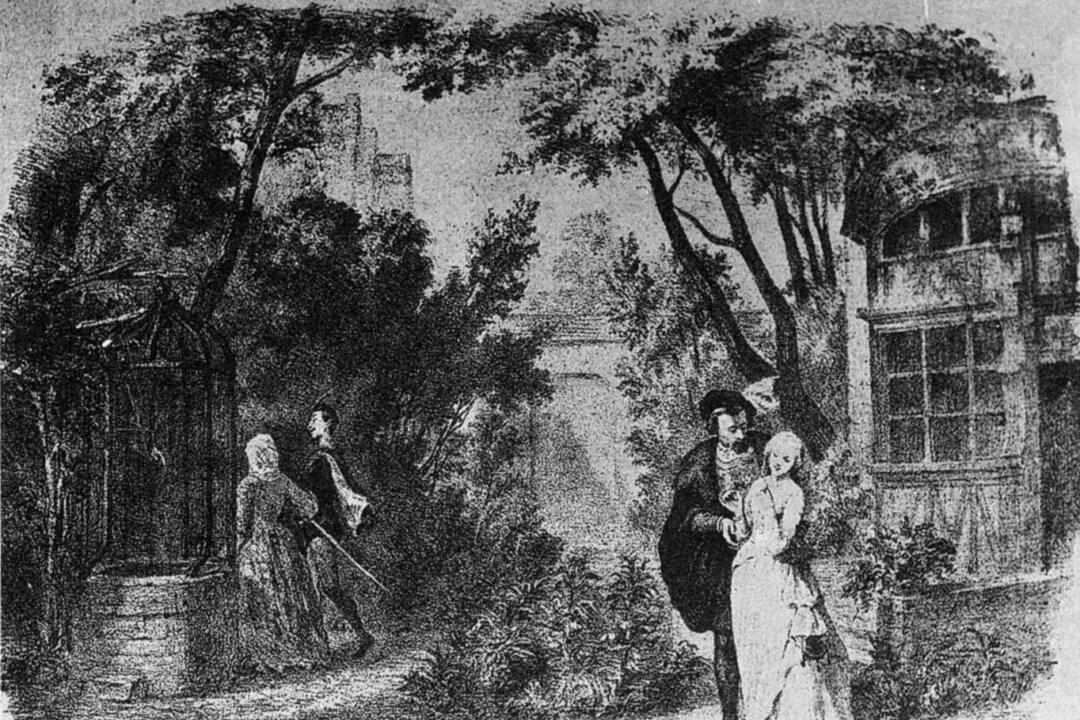In the early 1930s, to draw Depression-era audiences, Hollywood studios tried to distinguish themselves from each other. They used shock value, outdoing each other with risqué content, violence, and other previously taboo subject matter. This “race to the bottom” created a daring genre of films made during the so-called pre-code era.
The downslide came to an end in July 1934 with the formation of the Production Code Administration headed by a tough Irishman, Joseph I. Breen. During the pre-code era, the studio that frustrated him the most was Warner Bros., whose claim to fame was making gritty, violent gangster films.
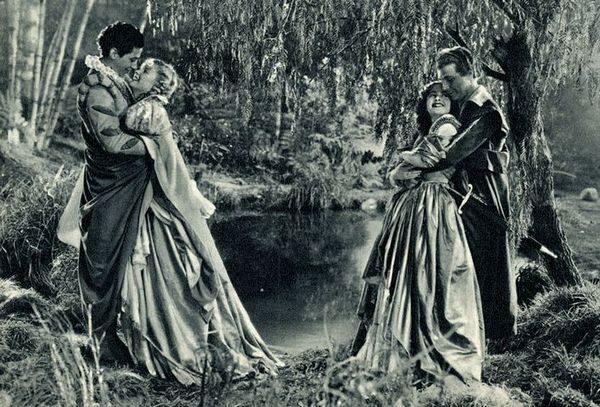
A True Classic
“A Midsummer Night’s Dream” couldn’t be more different from Warner Bros.’s pre-code content. It’s ethereal, beautiful, and, above all, classical. It’s also longer than many films made in 1935, clocking in at 2 hours and 12 minutes. Much of the extra time is spent on the details, which make this film special.Four young Athenian lovers go into the woods, entangled in forbidden romance, unrequited love, and forced engagements. Their predicament is further confused when a well-meaning fairy accidentally makes the wrong sweethearts fall in love with each other.
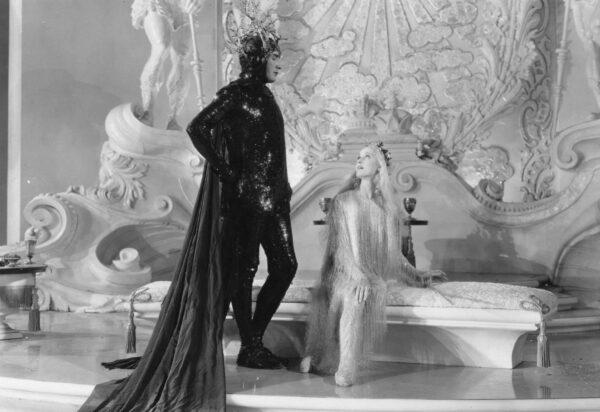
Meanwhile, a group of pathetically bad actors (actually tradesmen) go to the woods to rehearse “Pyramus and Thisbe” to perform at Duke Theseus’s wedding. A mischievous sprite interrupts their rehearsal when he turns one of the actors into a donkey and makes the fairy queen fall in love with him. Can friends and lovers alike escape the delights and terrors of the enchanted summer night?
The film’s cast reads like a directory of 1930s Warner Bros. stock players: Ian Hunter as Theseus, the duke of Athens, whose forthcoming marriage initiates the plot; Verree Teasdale plays Hippolyta, queen of the Amazons and Theseus’s betrothed.
Those “players” in the play’s royal performance include Frank McHugh as Quince, the carpenter, who arranges an amateur performance for the Duke’s wedding; James Cagney plays Bottom, the weaver, an amateur actor who is bewitched to become a donkey; and Joe E. Brown is Flute, the bellows-mender, the actor reluctantly cast as the play’s leading lady.
The Athenian lovers amidst a lot of confusion are Olivia de Havilland as Hermia, a lovely Athenian maid whose father espoused her to Demetrius but who loves Lysander; Dick Powell as Lysander, the bold Athenian youth who loves Hermia; Ross Alexander as Demetrius, Hermia’s betrothed who is loved by Helena; and Jean Muir as Helena, Hermia’s friend who harbors an unrequited love for Demetrius. Grant Michell is Egeus, Hermia’s stubborn father.
The actors playing the fairies include Anita Louise as Titania, queen of the fairies; Victor Jory as Oberon, the stern king of the fairies; and Mickey Rooney as Puck, or Robin Goodfellow, the mischievous fairy who bewitches the mortals.
If you’re familiar with these celebrities, it’s hard to imagine many of them performing Shakespeare. In fact, considering Cagney’s tough-guy gangster reputation, complete with a strong New York accent, it’s downright comical to think about his reciting the immortal bard’s poetic rhyming verses.
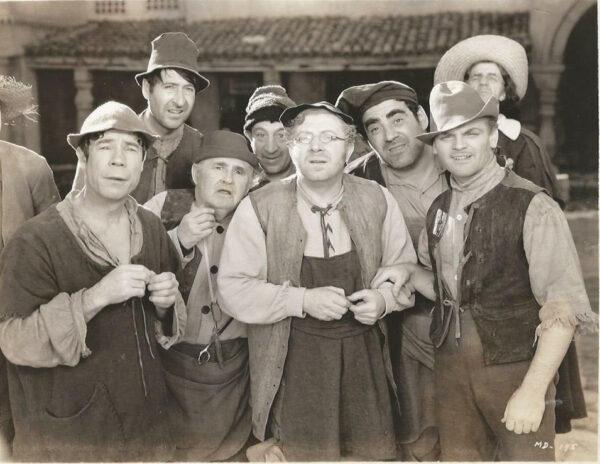
After seeing Max Reinhardt’s live “Shakespeare Under the Stars” production of this play at the Hollywood Bowl in 1934, producer Hal Wallis convinced Jack Warner to make it into a movie. The production was adapted for the screen by Charles Kenyon and Mary C. McCall Jr.
Prestigious Austrian-born stage director Reinhardt directed this movie, which was his only Hollywood film. Since he didn’t speak English, usual Warner Bros. director William Dieterle acted as his interpreter and co-director.
A Magical Experience
The film’s musical score starts with Felix Mendelssohn’s “A Midsummer Night’s Dream,” which was used as incidental music in Reinhardt’s stage production. The only imagery we see while this six-minute piece plays is a lovely painting of a night sky with the word “Overture” written in ornate letters. This plays even before the film’s credits, which rarely were preceded by anything in those days.Classical composer Erich Korngold was hired to arrange the music, but the incidental music Mendelssohn wrote for “A Midsummer Night’s Dream” wasn’t long enough for the film.
Instead of repeating melodies or writing new music, the German composer adapted additional Mendelssohn works for full orchestra, adding a few musical bridges of his own to create a complete symphonic score. He refused to take any screen credit for his work on the film, giving all the glory to Mendelssohn. The score includes some singing by beautifully trained soprano voices, wedding the melodies to Shakespearean lyrics.
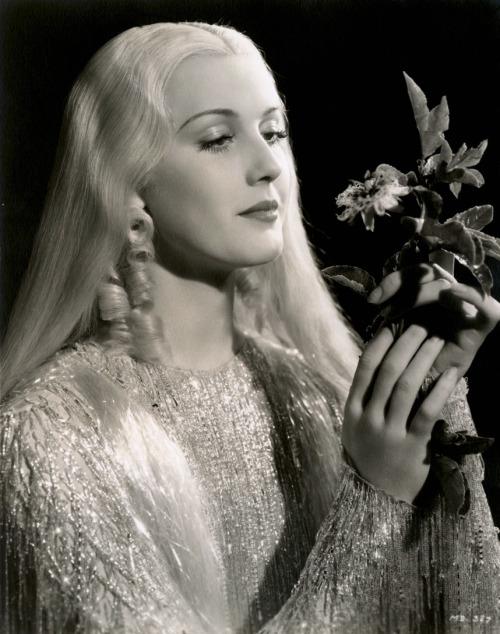
Most of this film’s magic can be attributed to its unique, beautiful cinematography. Hal Mohr helped Reinhardt bring his vision of the magical woods to life onscreen through some clever innovation. When the forest Reinhardt designed couldn’t be lit properly, Mohr brightened the scene by thinning the trees slightly and spraying them with orange aluminum paint, giving them an eerie hue in black and white. He further enhanced the trees’ mystique by covering them with tiny metal particles and bejeweled cobwebs to reflect the light.
Mohr wasn’t nominated for an Academy Award, but a write-in campaign resulted in his receiving the Oscar for Best Cinematography. He was the only person ever to win by write-ins, since the Academy banned such votes the next year. This film won a second Oscar for Best Film Editing for Ralph Dawson, besides being nominated for Best Assistant Director and Best Picture.
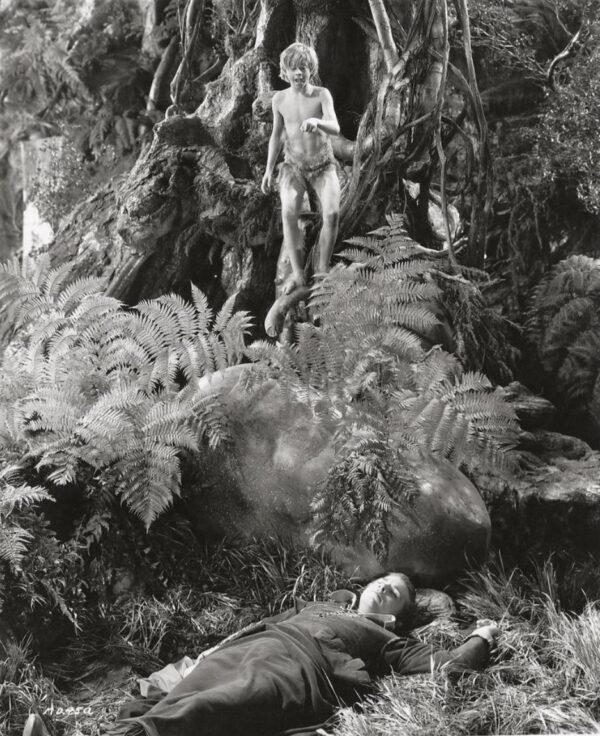
It’s no surprise that the Academy appreciated this movie’s cinematography, since it includes some of the most magical, impressive special effects of the decade. Double exposure, fantastical filters, and gorgeous matte paintings create a magical background for Shakespeare’s timeless words and some of Hollywood’s finest performers to embody.
Bringing Shakespeare to Life
“A Midsummer Night’s Dream” makes you reconsider how you view these actors. Rather than casting exclusively British performers with very classical stage training, the film used many American actors, which made the dialogue sound more familiar, but most of the dialogue is taken directly from the original Shakespearean text, which contributes to its extended length.Thus we have Shakespeare, without losing its meaning or flavor, and we have a film with the standards of decency required by the production code, including maintaining the sanctity of marriage and the modesty of the nymphs.
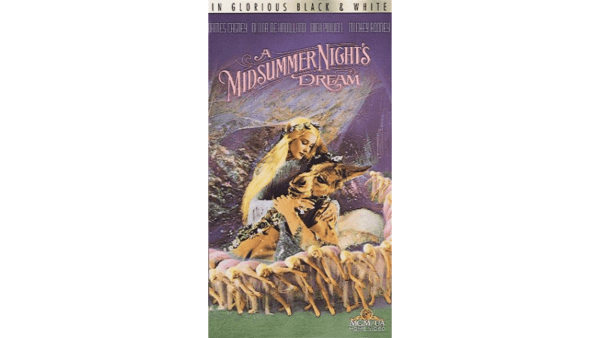
This is an artistic, decent, and entertaining film, suitable for any viewer. It’s available on DVD and on Amazon Prime Video. Why not add it to your summer watchlist?


